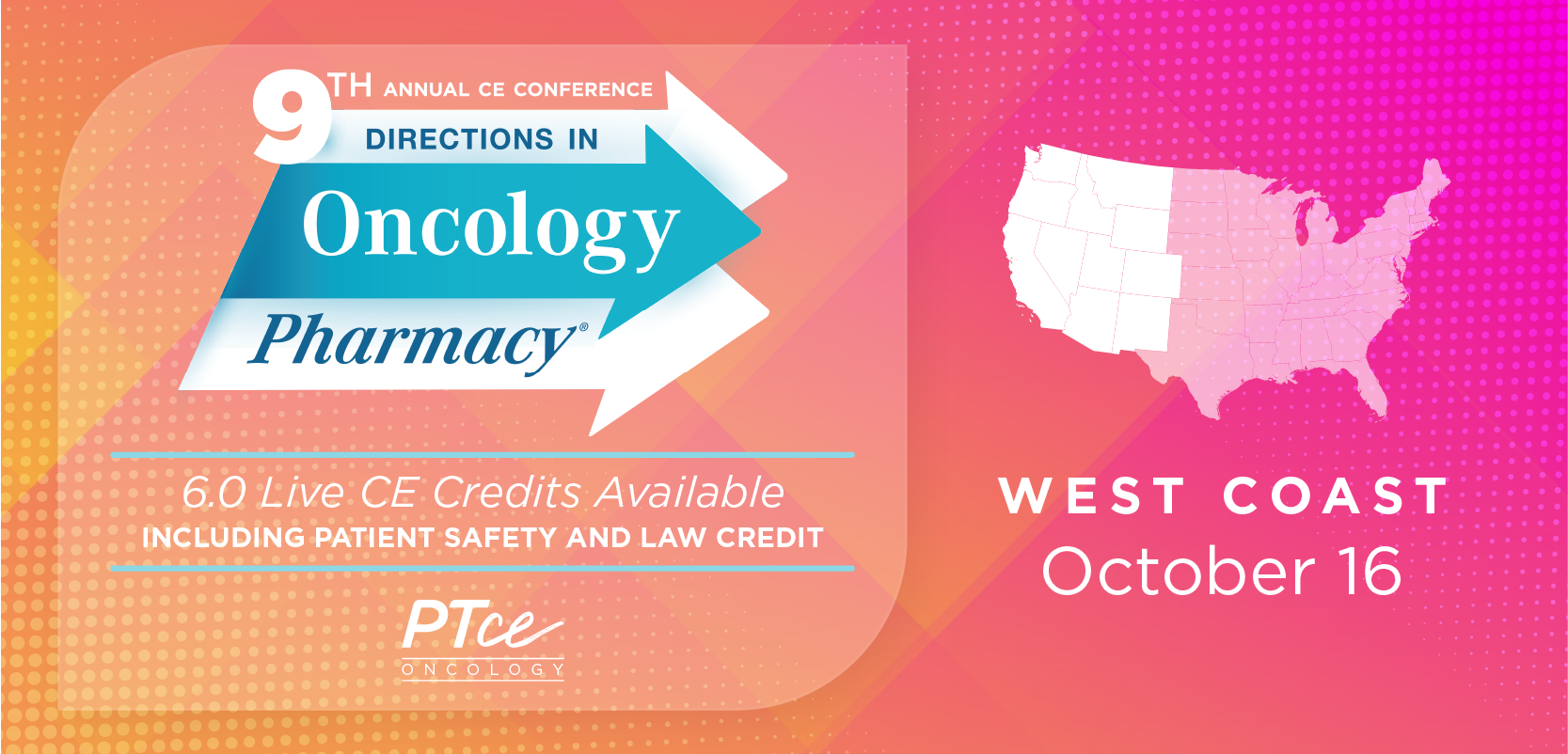It continues to be an eventful and tumultuous time in the 340B Drug Pricing Program space, with little indication that the current environment will change any time soon. Numerous drug manufacturers continue to impose restrictive 340B pricing policies available via 340B contract pharmacy arrangements in contravention of the Health Resources and Services Administration's (HRSA) applicable 340B Program rules and guidance. Ongoing litigation over these manufacturer restrictions, along with separate litigation challenging HRSA’s historic 340B eligible patient requirements,1 has further eroded the agency’s enforcement authority and created significant uncertainty surrounding the manner in which different types of 340B stakeholders can (or must) operate. Increased scrutiny on 340B covered entities’ savings utilization has also become a flashpoint.
A growing number of state legislatures have begun to fill in some of the gaps, introducing laws protecting 340B pricing access via contract pharmacy arrangements for covered entities in their states, as well as legislation requiring covered entities to be more transparent on 340B savings use by implementing reporting requirements.2 However, this piecemeal approach, combined with the continued uncertainty over HRSA’s ability to enforce its current rules and guidance, have arguably triggered a growing appetite in Congress and within 340B stakeholder groups to consider comprehensive federal legislation that would address and solidify the 340B Program’s parameters.
Historically, 340B-related federal legislation intended to modify or supplement the Program has effectively been a nonstarter—no 340B Program-specific federal laws or formal regulations have been passed since the 340B statute itself was enacted back in 1992. However, 6 bipartisan Senators colloquially referred to in 340B Program circles as the “Group of 6” are looking to change that.
340B Sustain Act
In an ambitious effort to address the ongoing uncertainty within the 340B Program space, Senators John Thune (R-SD), Tammy Baldwin (D-WI), Jerry Moran (R-KS), Shelley Capito (R-WV), Ben Cardin (D-MD), and Debbie Stabenow (D-MI) released a draft discussion bill earlier this year titled the Supporting Underserved and Strengthening Transparency, Accountability, and Integrity Now and for the Future of the 340B Act (SUSTAIN Act).3 Many 340B stakeholders view the draft SUSTAIN Act as an important initial step to crafting comprehensive “compromise” legislation that better and more clearly defines 340B Program parameters. Unlike most other previous federal efforts to modify the 340B Program, the SUSTAIN Act contains benefits and concessions for and from both covered entities and manufacturers.3 To that end, some 340B Program observers are cautiously optimistic that this legislation may have a better chance of gaining traction in Congress.
At a high level, the SUSTAIN Act proposes the following key changes:3
- Contract Pharmacy Use: The draft SUSTAIN Act formalizes covered entity contract pharmacy arrangements within the 340B statute and imposes a penalty on drug manufacturers that refuse to offer or otherwise impose conditions on 340B pricing available for drugs utilized in contract pharmacy arrangements. This provision is similar to the protections within Arkansas’ now upheld Act 11034 and the separately proposed 340B PATIENTS Act at the federal level.5
- Patient Definition: The draft act includes a placeholder for a definition of the term “patient,” allowing stakeholders to propose an appropriate definition. This is particularly relevant in light of the recent Genesis decision, which highlighted the lack of statutory clarity as to who is a “patient” for 340B Program purposes.6
- Child Sites: The draft clarifies child site eligibility criteria and directly ties eligibility to existing Medicare provider-based rules.
- Transparency: It requires covered entities to provide additional reports on the use of the 340B savings generated.
- Program Integrity: It allows for more extensive government oversight and auditing of 340B Program participants.
- Duplicate Discounts: The act establishes a neutral, centralized clearing house to process claim information submitted by covered entities and state Medicaid agencies.
- PBM Anti-Discrimination: It enacts federal prohibitions on pharmacy benefits manager (PBM) discrimination against covered entities, in line with similar legislation enacted in a majority of states.
- Miscellaneous Provisions: The draft act introduces a 340B “user fee” on covered entities, facilitates studies and reports regarding duplicate discounts and contract pharmacy dispensing fees, and approves an additional $3 million per year in funding from 2025 to 2029 for 340B Program audits, oversight, investigations, and enforcement activities.
SUSTAIN Act Feedback from Stakeholders
The 6 Senators included a request for information (RFI) in their release, allowing interested parties to provide feedback on various proposed aspects of the draft bill.
The areas that tended to generate the most disagreement among comment submitters involved the 340B eligible patient definition, 340B contract pharmacy utilization, and 340B reporting and transparency initiatives. The positions of the various stakeholder groups are not surprising but do illustrate key philosophical differences as to the nature and scope of the 340B Program.
- Eligible Patient Definition:Most hospital covered entity advocacy groups, such as the American Hospital Association (AHA) and America’s Essential Hospitals (AEH), strongly opposed adding a new eligible patient definition, pointing to the sufficiency of the 1996 HRSA patient definition and arguing that the guidance “has withstood the test of time.”7 However, manufacturer-aligned groups, such as Pharmaceutical Research and Manufacturers of America (PhRMA) and certain subsets of grantee-covered entity advocacy groups like the National Association of Community Health Centers (NACHC), supported a new eligible patient definition due to the significant changes that the 340B Program has undergone since the 1996 guidance, as well as a perceived need for structural reforms to eliminate alleged abuse and support sustainability of the Program as a whole.8
- Contract Pharmacy Utilization: Manufacturer-aligned groups such as PhRMA and NACHC strongly oppose Congress codifying a contract pharmacy provision due to concerns that expanded contract pharmacy use could have a negative impact on 340B program integrity. On the other hand, covered entity-aligned advocacy groups (representing both hospital and grantee covered entity factions), strongly support codifying contract pharmacy utilization, pointing to the need to clarify obligations of both contract pharmacies and covered entities involved in contract pharmacy arrangements.
- 340B Reporting and Transparency Initiatives: Covered entity-aligned advocacy groups strongly opposed the introduction of reporting requirements, pointing to the administrative burden and cost of reporting. Manufacturer-aligned advocacy groups, however, such as Community Oncology Alliance (COA) and Alliance for Integrity and Reform of 340B (AIR340B), strongly supported the inclusion of reporting requirements, citing a need for Program transparency and data collection to quantify patient benefits.
About the Authors
Michael French, JD, and Madison Hartman, JD, are associates with Quarles & Brady.
Richie Davis, JD, is a partner with Quarles & Brady.
Brenda Shafer, JD, is a partner and National Chair of the Health & Life Sciences Practice Group with Quarles & Brady.
What’s Next?
It is expected that the “Group of 6” will regroup to consider points and argument raised within the comment submission and make applicable revisions to the draft bill before formal introduction at a later date. Given the differing positions of key 340B stakeholder on several key elements of the bill, it’s likely that the bill’s drafters will attempt to find some compromise positions, where each side will get some (but not all) of what they want.
The timing of the introduction and extent to which the draft bill will be modified is unclear at this stage. Even once introduced, passage in the near future is unlikely due to ongoing Congressional gridlock exacerbated by the upcoming presidential election. However, the thoughtful nature of the draft bill and continued involvement of nearly all types of 340B stakeholders signals that the SUSTAIN Act could eventually serve as the vehicle for significant 340B Program clarifications and changes. Stakeholders should continue to closely track the bill’s progress and identify updates proposed in the Act that could prompt operational changes.
References
4. HB 1881. Arkansas 93rd General Assembly. 2021.























































































































































































































